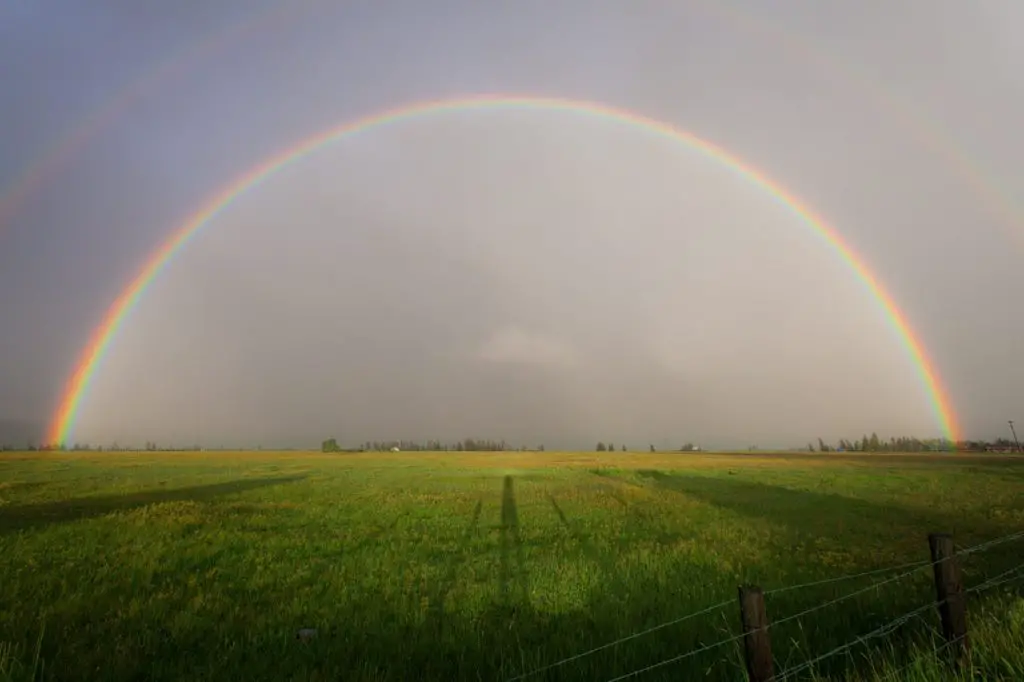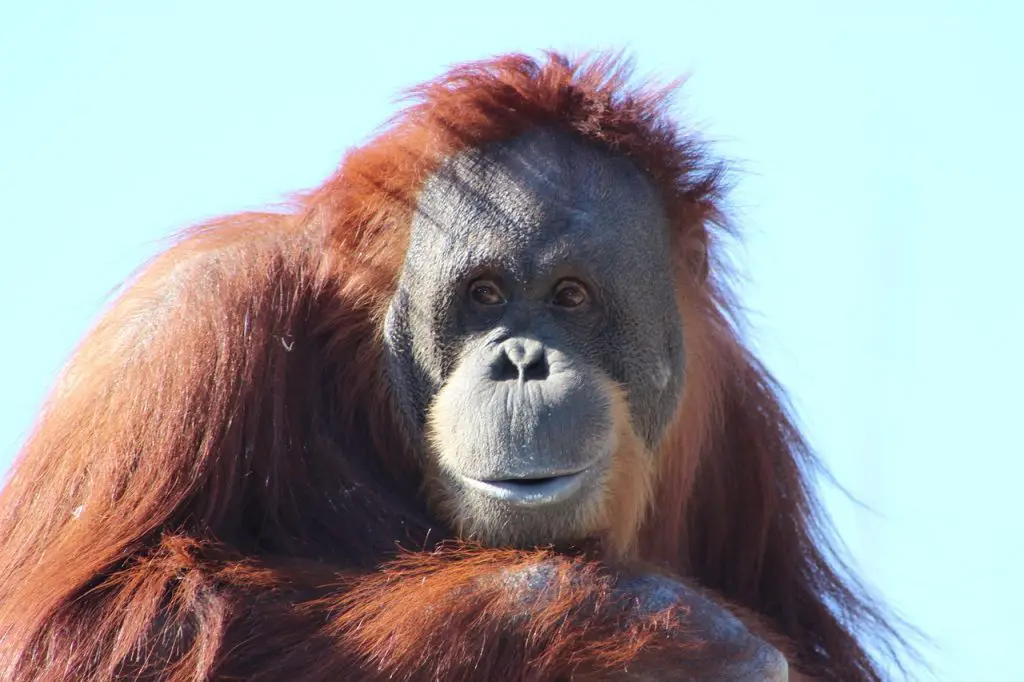A rainbow is a natural weather phenomenon caused by reflection, refraction and dispersion of light in water droplets, resulting in a spectrum of light appearing in the sky.
Due to its beautiful and mystical appearance, it has been a subject of mythology and superstition from different cultures across the world.
In Hawaiian legends, the rainbow maiden Avuenue is believed to be the messenger for her brothers, the gods Tane and Kanaloa.
Meanwhile, the rainbow is depicted as an archer’s bow in Hindu mythology.
In the bible, rainbows are a sign of God’s promise. After the Great Flood in the book of Genesis killing all living things excepts those on Noah’s ark, a rainbow appears to symbolise God will never send another flood to destroy the earth.
Though it can be a full circle, we usually see an arch formed by illuminated droplets above the ground.
This archIng shape of the rainbow has also inspired many myths to see it as a bridge.

A rainbow is a meteorological phenomenon that is caused by reflection, refraction and dispersion of light in water droplets resulting in a spectrum of light appearing in the sky. Credits: Pexels
The rainbow as a bridge in various cultures
If you are a big fan of Marvel Cinematic Universe (MCU), then you have watched all three Thor films. In the films there is a rainbow bridge called the Bifrost that is guarded by Heimdall (played by ultimate gentleman, Idris Elba).
According to Norse religion, the Bifrost connects Midgard (earth) with Asgard, home of the gods. It can be only used by gods and those who are killed in battle.
Similarly in ancient Japanese beliefs, rainbows served as a bridge to enable their ancestors to descend to earth.
Meanwhile, the Maori has a tale of Hina (moon) who caused a rainbow to span the heavens and down to the earth to allow her mortal husband to return to earth to end his days since there is no death in her celestial home.
Rainbow as a bridge in a Dusun legend
A mystical bridge to connect two lovers is something that the Dusun people of Sabah can relate to.
According to a legend recorded by Ivor Evans in Among Primitive Peoples in Borneo, a rainbow was a path for men long time ago.
“Those who lived up-country used the rainbow as a bridge when they wished to go down-country in search of wives,” he wrote.
When they first made the rainbow, the men would walk directly to the women’s houses.
After the women served them food, they followed the men back to their homes over the rainbow.
Once they arrived back up-country, their marriages were celebrated with a great feast.
Then came an old man from another village asking the men what they did with the rainbow, now that they had their wives with them.
The men simply replied, “When we want to go down-country with our wives we will put it in place, but when do no want it we will take it away.”
Certainly, this legend makes you wonder if this is how people in the olden days deal with LDR.

































